Chandigarh is a well planned city known all over the world for its architectural planning and landscape. The Master plan of the ‘City beautiful’ Chandigarh was prepared by Swiss-French architect Le Corbusier. It is a Union Territory (UT) of India and serves as capital of the States of Haryana & Punjab. The city was named after the mother goddess of power, Chandi, whose temple Chandi Mandir is located in the vicinity of the site selected for the city. The Chandigarh city is situated in a picturesque setting under the foot of Shivalik Hills at a height of 365 meters above the mean sea level. The city boundaries are defined by two seasonal rivulets – the Patiali ki Rao and Sukhna choe,with the beautiful backdrop of the Shiwalik hills.
The greening is an integral part of Urban Planning in UT Chandigarh. Tree plantation along avenues, open spaces, green belts around building complexes are the enthralling features of the city. A number of beautiful avenues with conspicuous tree species, well wooded forests along the periphery of city, ‘Sukhna Lake‘ against the backdrop of Lake Reserve Forests, green belt s running across the length and breadth of the city and a beautiful ‘Sukhna Wildlife Sanctuary‘ on its periphery, further enhance the ecological, environmental and aesthetic richness of the city.
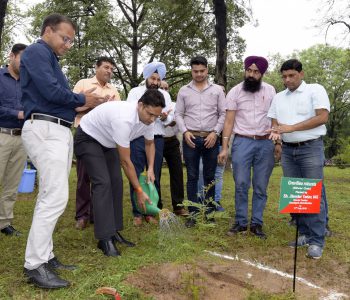

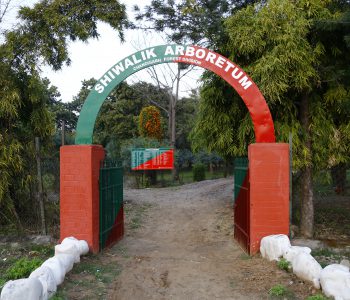
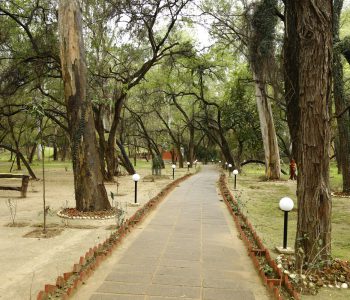
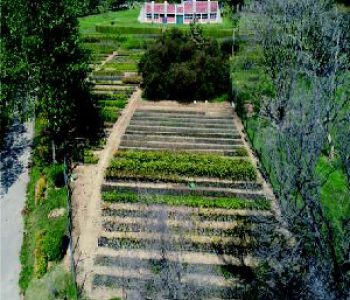
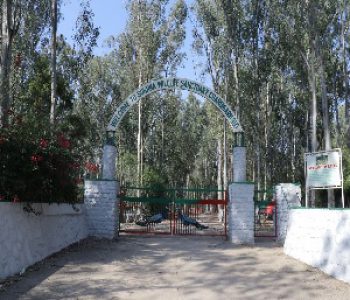
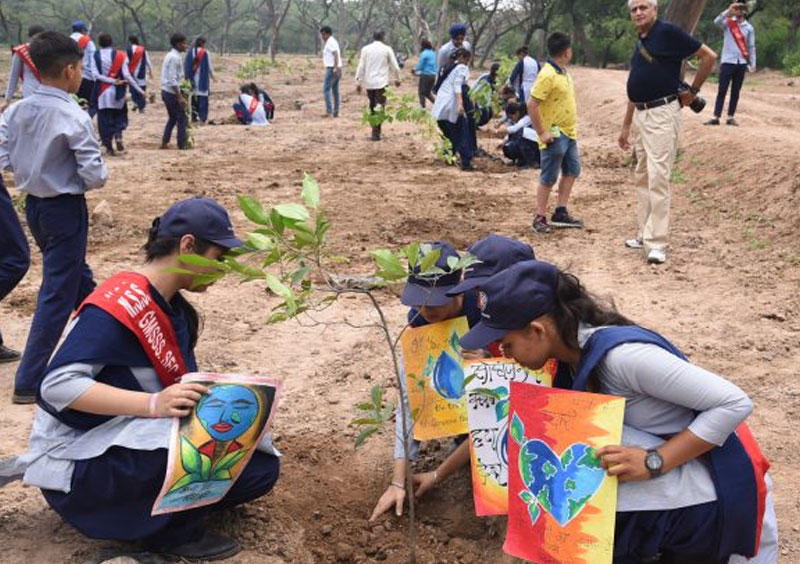
Total forest area in U.T. Chandigarh is 3290.3 hectares as shown in the following table :-
Sr.No |
Name of the forests |
Area in Hectares |
|---|---|---|
|
1. |
Sukhna Wildlife Sanctuary
|
2598.48 |
|
2 |
Lake Reserve forests
|
153.9 |
|
3 |
Sukhna choe Reserve forests
|
395.92 |
|
4 |
Patiala-ki-Rao forests |
136.47
|
|
5 |
Forest area at Brick kiln Manimajra |
5.53 |
|
6 |
Total : |
3290.3 |
Geographical area of U.T. of Chandigarh is 114 sq. kms. and another 25.98 sq. km. of hilly area which was earlier acquired for soil conservation works has been declared as ‘Sukhna Wildlife sanctuary‘ on 6th March, 1998.
UT Chandigarh has 47.56 sq.km area under Forest cover and another 10 sq.km. area is under tree cover. As per F.S.I. report I.S.F.R.2017, total forest cover of UT Chandigarh has decreased by 0.1 Sq. km., which may be due to developmental activities .
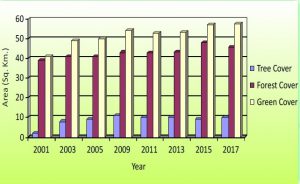
The legacy of well planned landscape are maintained by Greening agencies i.e. Forest Department, Horticulture wings of engineering Department & Municipal Corporation, Chandigarh & its caring Citizens. These agencies play a crucial role in making city more beautiful by implementing new ideas on spreading greenery & execute them time to time. To fulfill its commitment to maintain and improve the greenery of the city and to have a better co-ordination among these stakeholders & to chalk out the planning of plantation works, its implementation & to look into all aspects of Silvicultural/Horticultural operations, Chandigarh Administration formed a Greening Chandigarh task Group in the year 2001 and presently functioning under the chairmanship of Chief Conservator of Forests, Chandigarh.
The responsibility entrusted upon the Greening Chandigarh Task Group is a challenge. The population of the city is approx. 12 lakhs as per 2015 population estimates and the number of vehicles including the floating vehicles is about 10.9 lakhs in the year 2016. The rapid increase in population and vehicles have led to increase in pollution levels & thus pose a challenge before the Greening Agencies. To counter the problem of pollution & to make this city more green, the Greening Task Group first came out with a Greening Chandigarh Action Plan in 2001. It was the guiding tool for all greening agencies to live up to the expectations of its citizens.
Chief Conservator of Forests & Chief Wildlife Warden is the Head of the Department. There is one post of Conservator of Forests & two posts of Deputy Conservator of Forests viz.